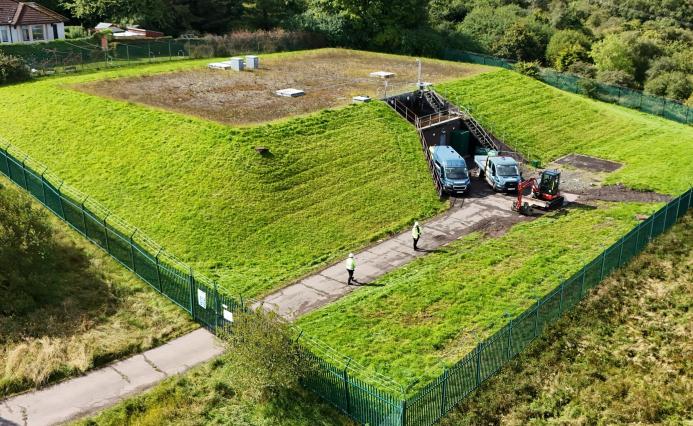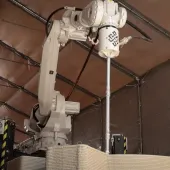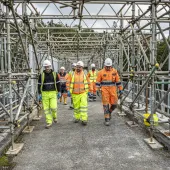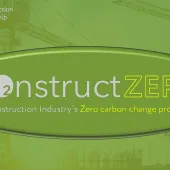Scotland’s first verified Net Zero site uses cement-free concrete
A routine utility upgrade near Paisley has become a Scottish infrastructure milestone after being verified as the first Net Zero construction site for Scottish Water — with concrete playing a central role.
Delivered by Mackenzie Construction, the Stanley Hollowhouse project achieved an 83% reduction in carbon emissions during delivery, thanks in part to the use of a cement-free concrete base reinforced with basalt fibre. The material was used for the kiosk housing a sample tap installation — a small-scale civil engineering element designed to demonstrate replicable, low-carbon practice.
The project forms part of Scottish Water’s broader efforts to decarbonise delivery across its infrastructure portfolio, with this site set to become the model for more than 100 similar installations.
“This isn’t about ticking boxes, it’s about transforming how we build,” said Ian Watt, delivery manager at Scottish Water. “Collaborations like this are essential to achieving our 2040 Net Zero goal. It proves that sustainable construction isn’t a future ambition, it’s a present reality.”
Key material interventions included a cement-free concrete mix supporting the kiosk, avoiding traditional Portland cement entirely; reinforcement using basalt fibre as a lower-carbon alternative to steel; a modular kiosk structure made from recycled PET plastics and glass matting; and full on-site reuse of excavated materials, eliminating the need for offsite disposal.
To offset remaining emissions, 21 semi-mature native trees will be planted onsite — 12 Scots pine and 9 birch — aligning with Scottish Water’s wider woodland programme, which is targeting over 500,000 trees by 2025.
Mackenzie Construction also developed a bespoke carbon calculator, enabling carbon data to be embedded from the design stage. This tool will support roll-out across future projects, enabling data-driven decisions on concrete and material choices to become business as usual.
“This site isn’t just a one-off,” said a spokesperson for Mackenzie Construction. “It shows how climate-conscious design, low-carbon materials and digital tools can converge to support real change on the ground.”
With increasing pressure on the concrete sector to decarbonise, the Stanley Hollowhouse project provides a real-world example of how alternative binders, non-metallic reinforcement and carbon accounting tools can come together to deliver verified results — even on small-scale civil infrastructure.







